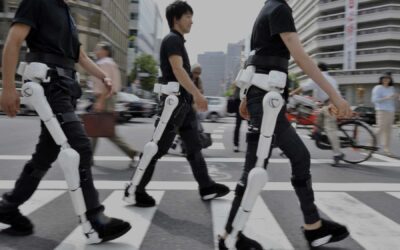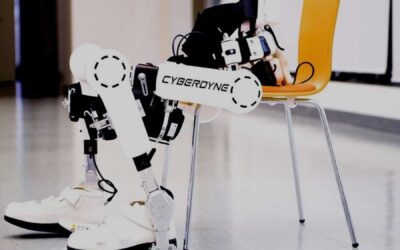The Hybrid Assistive Limb, known as HAL, is a cyborg controlled by neurons that assists patients with brain-neuromuscular diseases. HAL’s motion principle is a neurological device used in Cyberdyne treatment to aid patients in recovering the natural movement of their paralysed legs resulting from brain-neuromuscular disease.
Utilising the Wearable Cyborg (HAL)
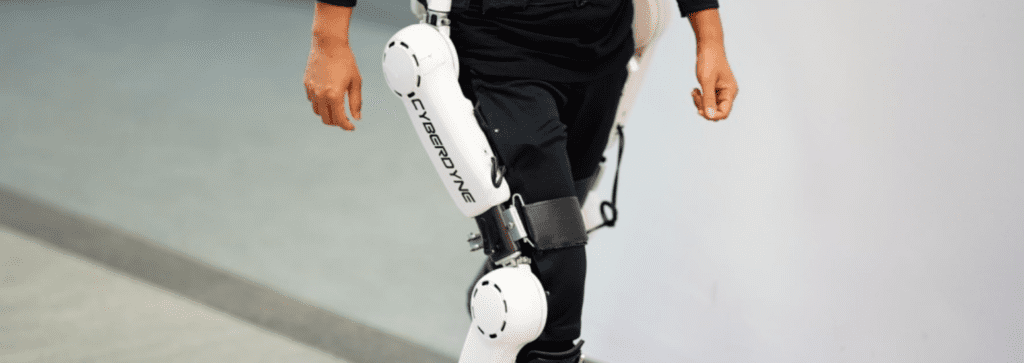
The HAL robot suit, controlled by neurons, is utilised for neuromuscular feedback therapy. The brain transmits a command through the spinal cord to the patient’s muscles to execute a movement, which results in the muscle being tensed to carry out the movement. Patients with neurogenic gait disorders have a partially impaired signal chain, making independent movement initiation only possible to a limited extent.
Nevertheless, the HAL system picks up the patient’s residual neuromuscular impulses through sensors. It then detects these impulses and gives the patient the necessary power assistance to perform the desired movement.
The noninvasive sensors of the Wearable Cyborg™ HAL can identify subtle “bio-electrical signals” on the surface of the wearer’s skin that indicate their intention.
Cyberdyne HAL’s movements
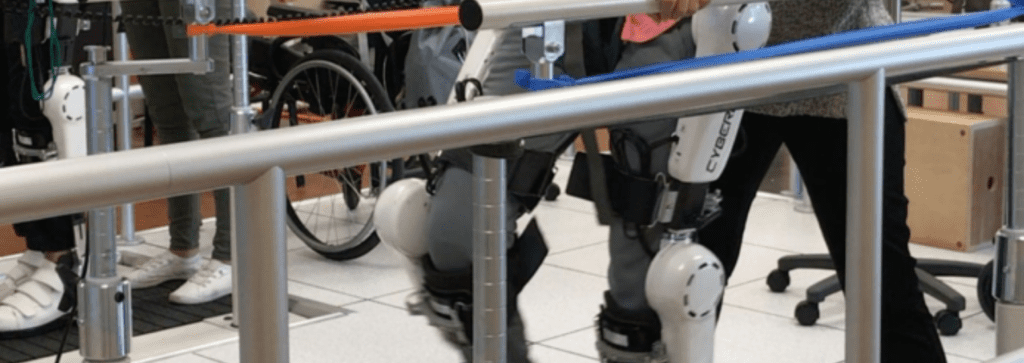
- When an individual attempts to control their body, the brain sends essential signals via the nerves to the muscles.
- Each muscle receives the appropriate command signal from the brain, causing it to contract and move its corresponding joint. When a neuromuscular disease affects the brain, this pathway is disturbed, resulting in a weak signal that cannot produce enough force.
- The brain sends signals to the muscles, which then travel to the skin as subtle bioelectrical signals. The Wearable Cyborg™ HAL can pick up on these signals and combine them with other data to understand and carry out patients’ intended movements.
- Based on these BES, HAL controls the power units at each joint independently, enabling the wearer to execute desired movements with voluntary commands.
- Once HAL- the Wearable Cyborg™ ensures the intended movement is adequately supported, it relays the sensation back to the brain. This creates a neurological circuit of sensory and motor neurons between the brain and the muscles through HAL.
Utilising this system of signals to prompt neuroplasticity is called “interactive biofeedback.” Engaging these neural pathways through voluntary movement with physical feedback to the brain results in enhanced physical capability.
Rehabilitation
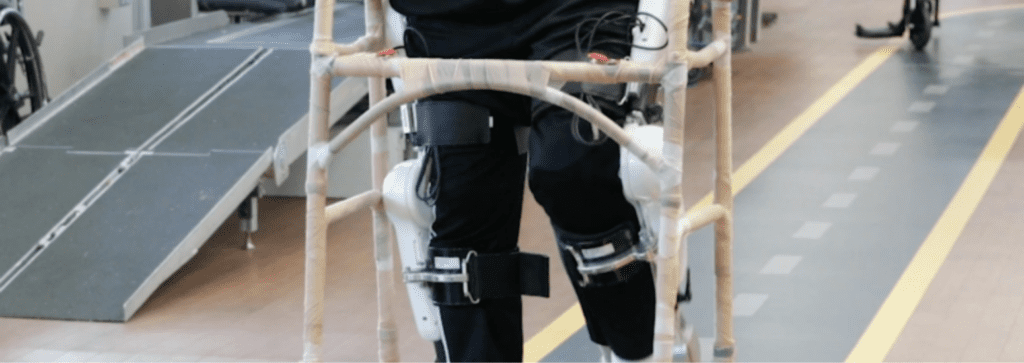
Cyberdyne treatment offers cutting-edge technologies to enhance the well-being of patients with brain neuromuscular diseases. HAL is recognised as a system that speeds up motor learning in the brain, ultimately promoting neuroplasticity in brain functions.
Individuals with progressive brain neuromuscular diseases can benefit from HAL training in multiple ways…
- Improves and maintains walking capability.
- Enhances perseverance
- The beneficial psychological impacts
Cyberdyne’s ‘HAL’ aids in executing planned movements and sends the sensation back to the brain. Utilising the neural pathways for voluntary movement with physical response to the brain is crucial for the wearer to gain the ability to walk independently.
For more information about the Cyberdyne treatment, you can access a free demo at https://rehabmodalities.com/.


